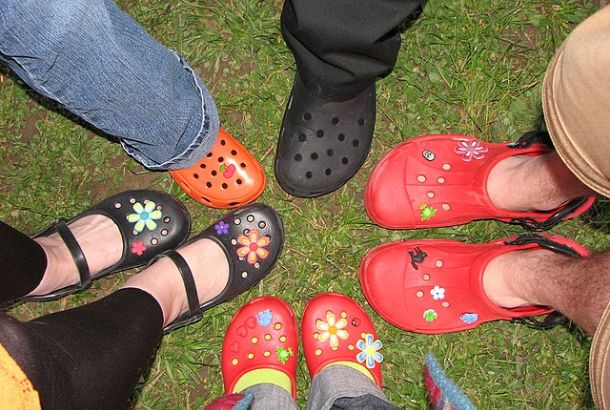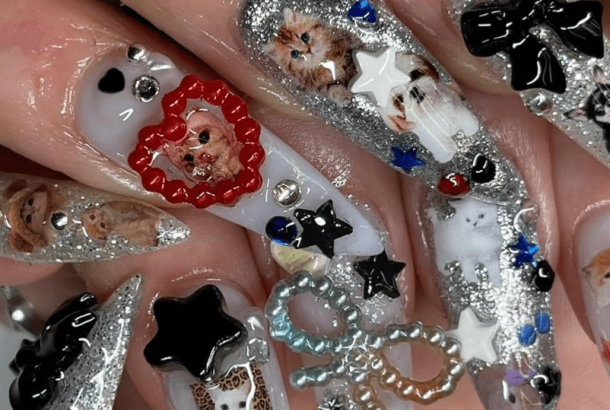Home-made masks: the products that you shouldn’t be putting on your face
There are thousands of home-made masks recipes and remedies for bad skin out there, but before you smear the contents of your fridge on your skin, it is worth remembering that “natural” doesn’t automatically mean “good for you”.
A bit of chemistry now. Your skin has a pH of roughly 4.5-5, which is very important in relation to skincare. Alkaline products (baking soda, toothpaste) have a very high pH which might upset the skin’s natural balance, damaging or disrupting the skin barrier. Acidic products (citrus fruits or vinegar) have a pH that’s too low, so you are actually putting yourself at a risk of burns.
Bearing all that in mind, it is a bit disturbing to see the sheer amount of bad advice out there. I struggled with acne myself and in my effort to beat it tried a million different home “remedies”. To prevent the reader from going on their own journey of trials and errors, I have compiled my own list of things you definitely shouldn’t be using in the attempt to re-create a spa salon at home.
1) Put that pot of baking soda down and do not trust face mask recipes that urge you to use it. With a pH of 9, it is alkaline, which upsets your skin’s natural balance. That tight squeaky feeling you get after you’ve used it? That’s not cleanliness; it’s your skin trying to hold on to its natural barrier.
2) Lemons, oranges and limes do not belong on your face. All three are extremely acidic (lemons have a pH of 2, that’s one pH unit up from battery acid!) and could cause chemical burns. But what about the nice purifying tingling feeling? It’s your skin burning and protesting about all the acid you’ve just dumped on it.
3) You know how you won’t eat raw eggs because of all the infections and bacteria that could be festering in them? That stuff does not belong on your face either. Animal protein in general is comedogenic – it blocks pores and creates infections, the effects of which can be severe on any skin-type, causing even the most acne-free of us to break out.
4) White vinegar is amongst the most dangerous ones in my collection of absolute don’ts. It can cause actual chemical burns on the skin. There’s a lot of confusion between white vinegar and its milder relative, apple cider vinegar. Apple cider vinegar has a pH of 4.25, nice and gentle on the skin, used by one generation after another as an all-natural toner – might be worth picking some up at your local Holland & Barrett if you have the cash. White vinegar on the other hand has a pH of 2 – again, just one pH unit away from battery acid. It is absolutely essential to be clear about this distinction; apple cider vinegar isn’t dangerous just because it’s vinegar, whereas white vinegar is dangerous precisely because it is much more malicious than its counterpart.
5) Cinnamon is also worth mentioning, even though I have only come across one wild suggestion to use it. The recipe is called the “burning face mask”, which rang my alarm bells straight away. First of all, the burning sensation on your skin is just that – burning and destroying your skin’s natural barrier. It’s not cleansing, toning, removing scars or anything else that the recipe claims it to be. Adding insult to injury, I later found out that the cinnamon we get in the UK shops is extremely toxic in high doses. Shall I put a tablespoon of it on my face? I think not.
6) Last but not least, those sugar (or salt) scrubs. Both sugar and salt grains are much too big and have too many sharp edges for your skin to handle. They cause micro-tears in your skin and in worse case scenarios, scarring and even broken capillaries. Apricot scrubs of any kind have the same effect; it’s a bit like rubbing broken shells or sand on your face.
Now that the nasty products have been named and shamed, it’s time to think of the positives. There’s plenty of food out there that you can use. Honey has wonderful moisturising properties, avocados contain the perfect gentle balance of Vitamin C and amino acids and yogurt is full of enzymes and zinc. All these do a great job at cleaning and softening your skin while protecting it with their anti-oxidant properties.
However, remember to test your face mask on a small area of skin first – might seem pointless, but you definitely don’t want to wake up and realise you have a food allergy that you had no idea about. Home spa treatments are cheap and accessible to everyone: just remember to keep pH in mind and do a test patch first!







